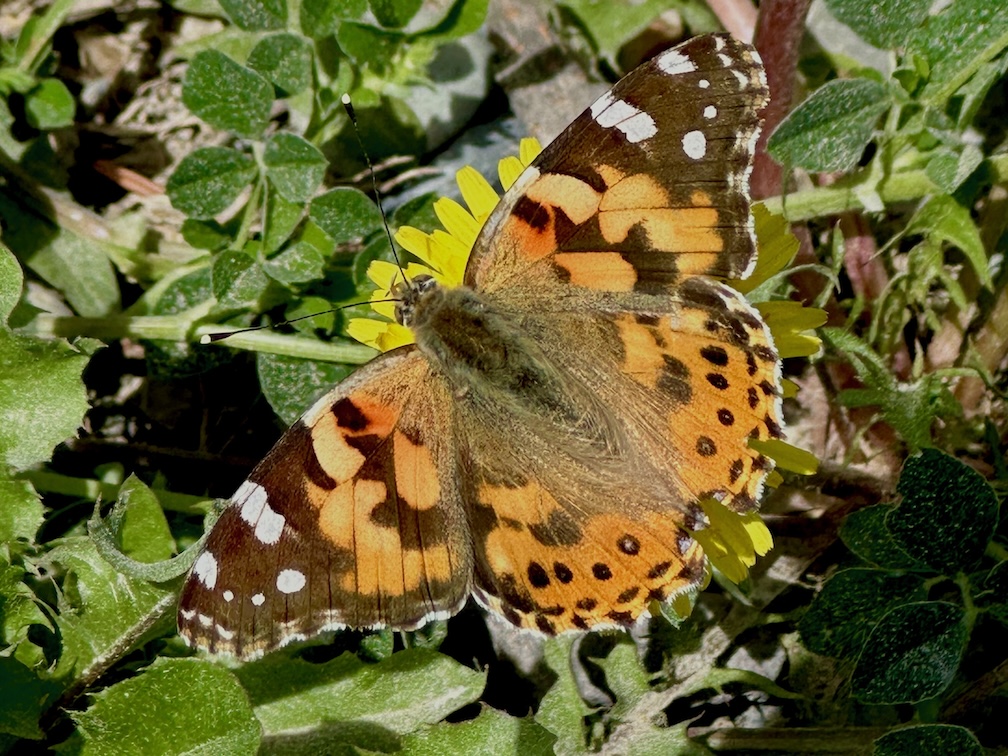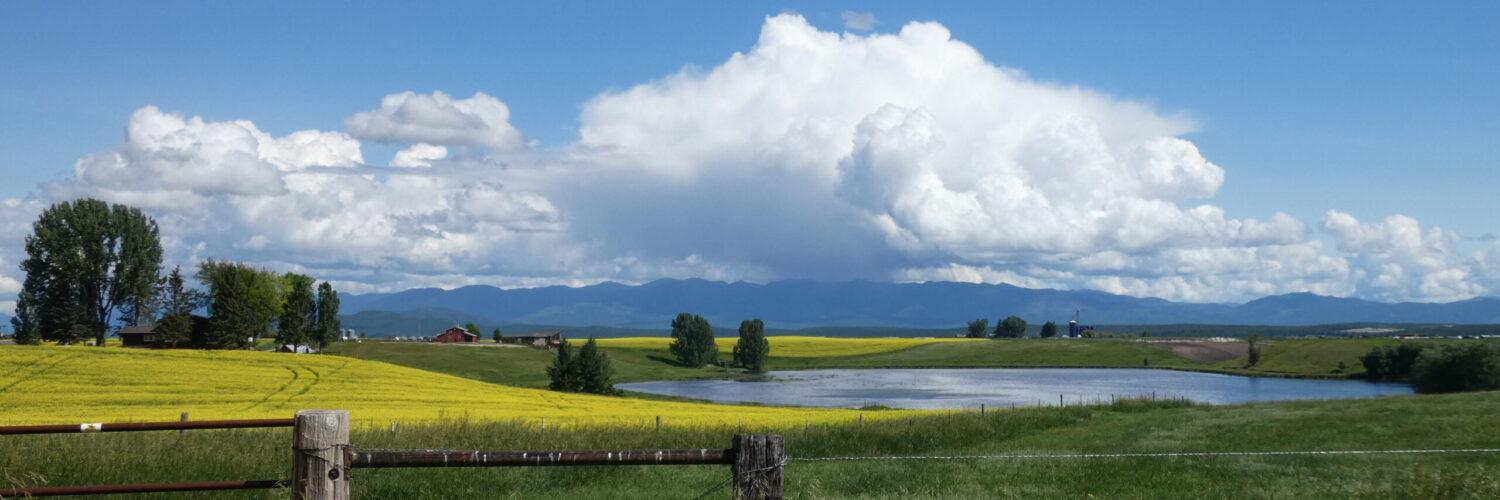by Skip Via
skip@westvalleynaturalists.org
Butterflies are often difficult to photograph, so I was pleased to finally get a good opportunity to photograph a Painted Lady butterfly. Looking back over my collection of butterfly photos, I realized that this was the first I had ever photographed, and likely one of the first I have ever positively identified, perhaps due to their general resemblance to several other local species such as crescents, tortoiseshells, and checkerspots when they are not standing still, which is most of the time.

That prompted a little research into the species, which yielded some interesting information.
While adult Painted Ladies prefer nectar from plants in the aster family (including thistles and coneflowers), they are known to feed on over 300 varieties of plants, making them important pollinators for a wide variety of plants. Adults will also feed on aphid honeydew. They are remarkable migrators. They are known to fly from subtropical Africa to above the Arctic Circle, a journey of over 9,000 miles. In North America, they migrate from southern Mexico to southern Canada.
Painted Ladies’ ability to feed from a wide variety of plants and their powerful migratory abilities help them adapt to a wide range of biomes and climate variances. They occur on every continent except Antarctica and South America and are one of the most widespread of all butterflies. In North America, they adjust their migration patterns according to weather and atmospheric conditions such as wind or rain, so local observations may vary from year to year. They are more common west of the Mississippi, although they have been observed in every state. They mostly winter in Mexico or along the Pacific coast from Northern California to Baja California.
Females (who almost identically resemble males) lay many eggs, and they do so rather indiscriminately. They do not choose specific plants for ovipositing–rather, they apparently lay their eggs on plants with an abundance of food for adult butterflies and not for larvae or caterpillars. This results in a high mortality rate for larvae.
Given their relative abundance, I’m surprised that I haven’t seen more Painted Ladies locally. it just goes to show you–keep looking.
